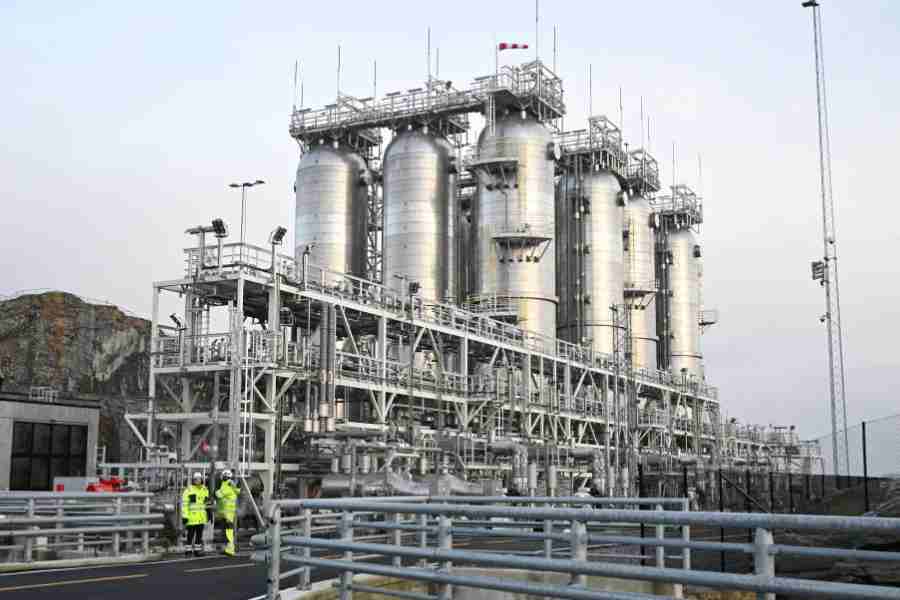India’s weather department on Saturday announced it would take “remedial measures” to avoid repetition of errors in its automatic weather stations (AWS) that misleadingly displayed a record-shattering 52.9°C in Delhi and even higher temperatures in Nagpur earlier this week.
An expert panel of the India Meteorological Department (IMD) has recommended calibration, tests and audits on all AWS and stringent quality checks on AWS data before public dissemination after it found a malfunctioning AWS sensor responsible for Delhi’s 52.9°C reading on May 30.
A senior weather scientist, however, said two or three faulty AWS readings among the thousands of such AWS units deployed across the country by the IMD and multiple other organisations need not have gained as much traction as they did.
“In meteorology, AWS units are no big deal. They are convenient but are only used to get some data from as many locations as possible, but all meteorologists know that they come with limitations,” the scientist who requested anonymity told The Telegraph.
A typical AWS unit would require “meticulous maintenance” which is not always possible given their large counts and the limited human resources with the IMD, the scientist said. "Sensors on the AWS can go wrong — it is really nobody’s fault, there is no reason for embarrassment. Yet the significance of the AWS temperature readings in Delhi and Nagpur have been blown out of proportion."
The 52.9°C maximum temperature recorded by the AWS at a Delhi locality named Mungeshpur on May 29 was 3°C higher than temperatures on standard instruments, the IMD's expert panel tasked with probing the unusually high reading said.
The IMD had earlier this week suspected instrumentation error because other instruments, including 14 other AWS located across Delhi had shown lower maximum temperatures on May 29, inconsistent with Mungeshpur’s 52.9°C. The highest in Delhi that day was 49.1°C at a locality named Najafgarh.
The Mungeshpur reading and Nagpur’s 54.4°C and 52.2°C the following day, widely disseminated by the media and across social media platforms, were higher than 51 C, the highest temperature ever recorded in India in May 2016 in Phalodi, Rajasthan.
The IMD has also determined that the 54.4°C and 52.2°C as recorded on May 30 by two other AWS in Nagpur were also wrong due to the failure of electronic sensors. Nagpur’s maximum temperature on the day had ranged between 40°C and 44°C.










